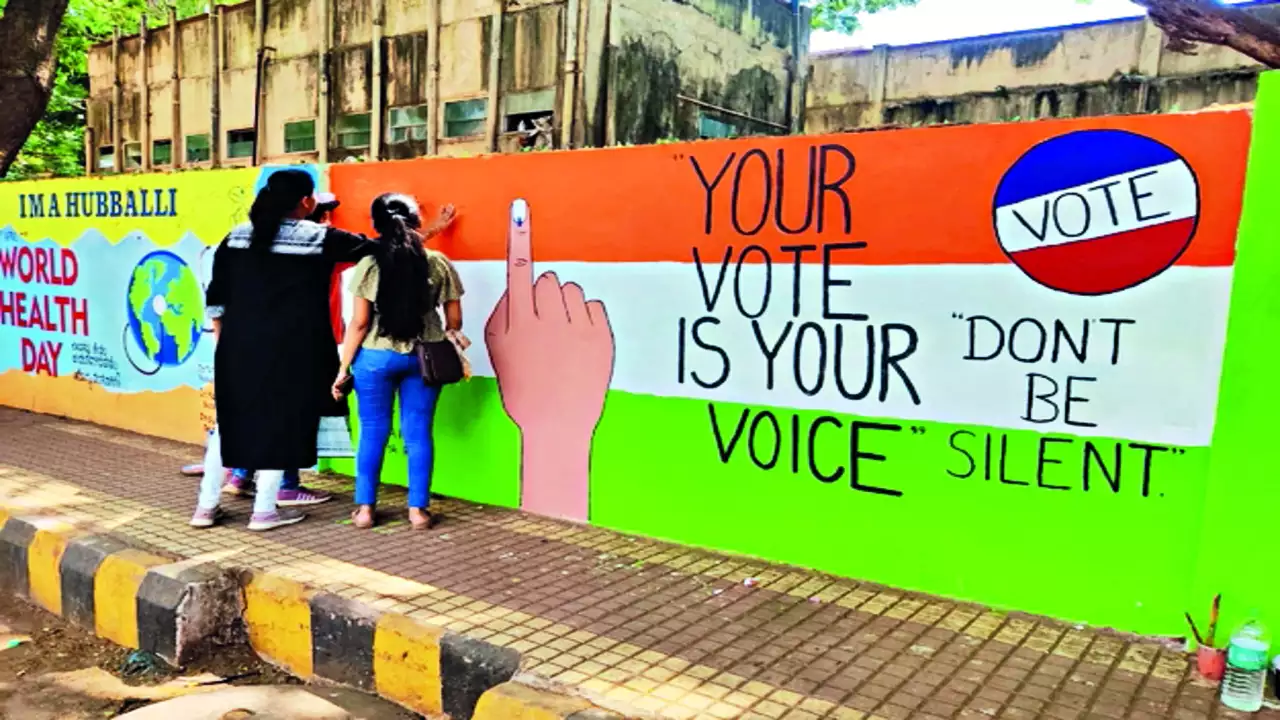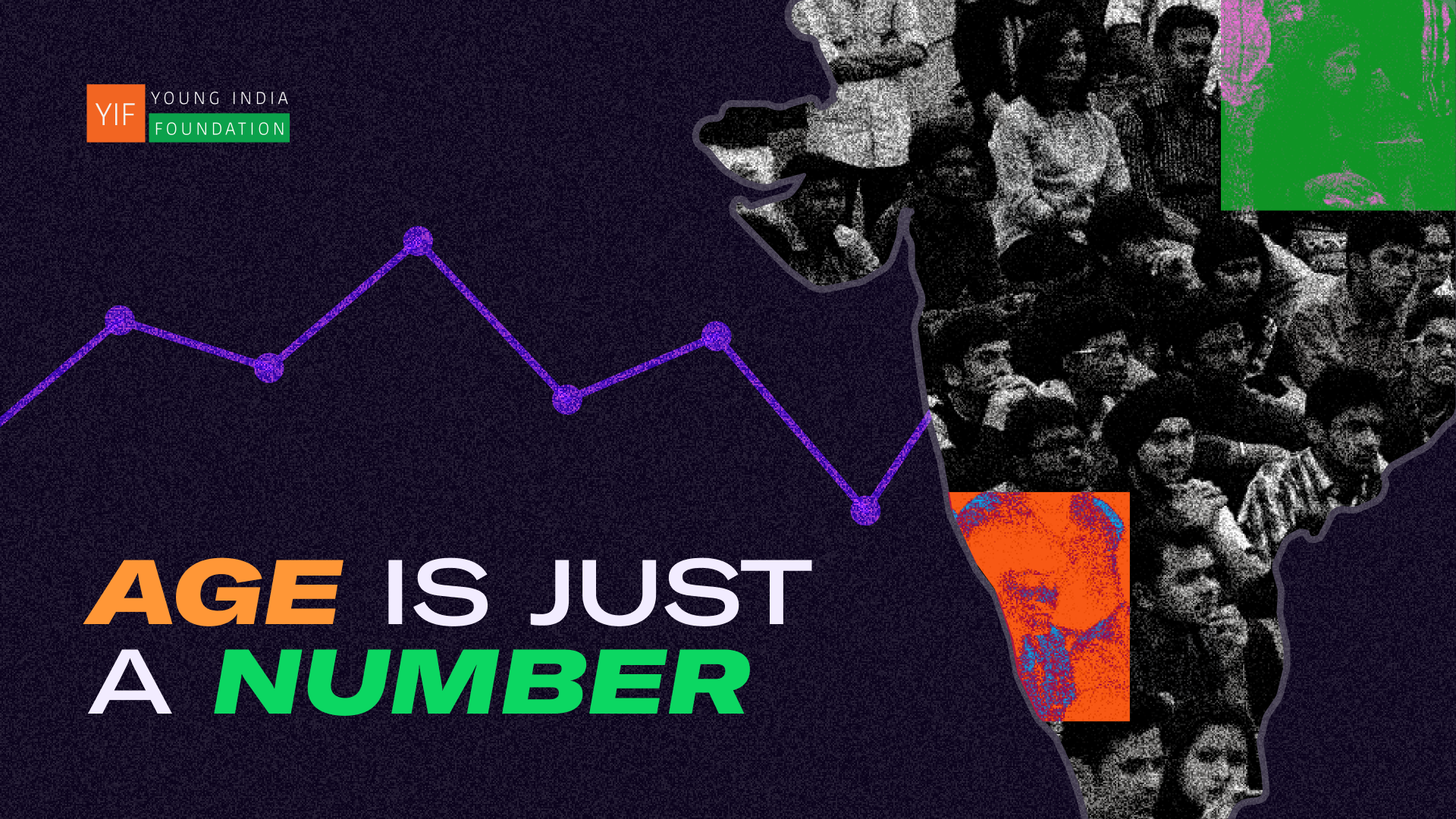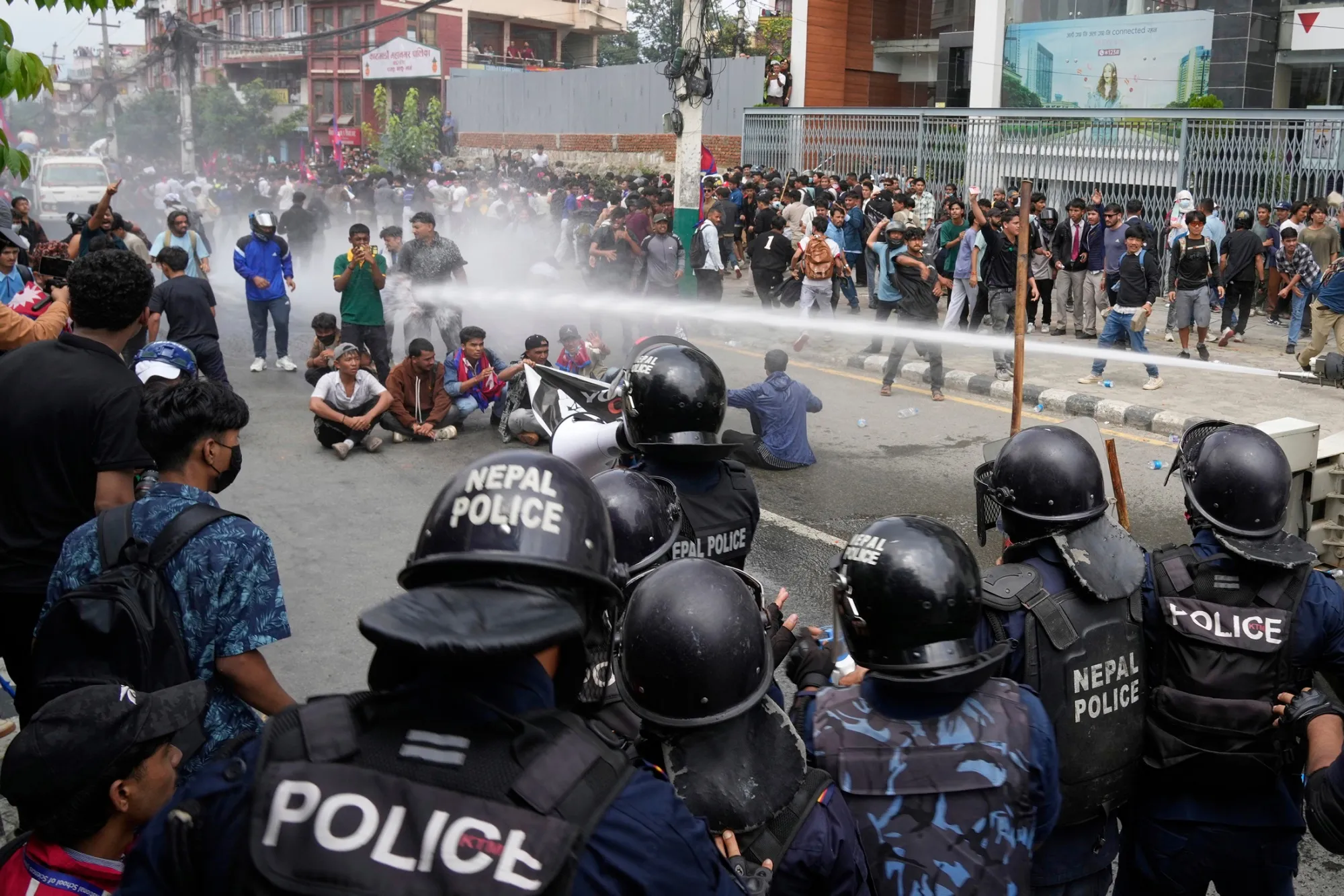This article will look at states in a comparative perspective and argue that this work adds to a broader literature on the same subject and more work on this will yield interesting and definitive answers on the state of India's youth.
In this piece I will look specifically at the comparative state analysis between New Delhi, Karnataka, Kerala, Telangana and Rajasthan in the Indian Youth and Democracy Report. The report looks closely at the states and their youth and how these are impacted by the respective sub-national identities even if their larger concerns remain common.
The report notes that the issues that seemed to be prioritized in each state were dependent on the composition of the state. For instance citizens of New Delhi really cared about the rise in crime in the state, a sentiment that has also been echoed by Milan Vaishnav and Mathew Lillehaugen in their chapter on the rise of crime in Delhi in the book Colossus. The book is an edited volume which delves deep into the CASI-NCR survey, a one of a kind research study that looks into the composition of Delhi on several different levels. One of these is the crime victimization survey that argues that discourse around police and the rule of law often takes a front seat in political discourse and this remains constant for the NCR region too. Although the CASI-NCR survey does not look specifically into issues of the youth, their larger aggregate data around employment does seem to revolve around this specific age group.
5.1 Delhi Youth’s Top Issues
The above chart makes it clear the issues that the youth in Delhi care most about is crime, but the trends are a little different as state boundaries change. With the recent upheaval in Karnataka, the report argues that communalism is an important topic for those that are living in the state. While all these states seem to replicate national trends– unemployment taking a front seat in most issues that are discussed, interesting patterns seem to emerge. For instance Kerala despite having the highest literacy rate in the country also has a high rate of unemployment. This is coupled with an aging population- a trend that is in stark contrast to the rest of the country that is seemingly growing younger with each passing year. Telangana on the other hand, a state that is still in the nascent stage continues to also face similar issues.
Figure 5.2: Karnataka Youth’s Top Issues
Rajasthan has one of the highest rates of voter registration which is indicative of its participation in active politics. This is testament of the work that the Youth Board has been doing in the state for the last couple of years. However comparative case studies show limited results. This is because, while the data is indicative of the preferences of the urban youth in the states it does not account for the total make up of these states. It would be interesting to delve deeper into what makes the youth population tick in these states, and whether centers of youth participation vary as the state boundaries change. For instance Delhi may have a more urban- rural divide marking youth politics in the state which may not be the case for a state like Kerala where literacy is high and acts as an equalizing force.
Characteristics of historical political participation also will affect the way in which these states view direct political action and its accompanying impacts. Delhi has seen several large scale national protests and so the importance of that would be relatively visible in the way in which the youth understand the politics of the state. The same would be the case for Kerala which has a strong history of community service and participation due to the presence of the communist party. All of these could be potential additions to the already existing plethora of data available on the report and can only strengthen the argument that youth participation is indeed a necessary requirement for a well functioning democracy.




 (15).png)